Air New Zealand (Araraurangi Aotearoa ) :
![]9https://upload.wikimedia.org/wikipedia/commons/thumb/9/97/Air<em>New</em>Zealand<em>logo.svg/300px-Air</em>New<em>Zealand</em>logo.svg.png)<br />

An Air New Zealand Boeing 787-9
Air New Zealand (Māori: Araraurangi Aotearoa) is the flag carrier of New Zealand. Based in Auckland, the airline operates scheduled passenger flights to 20 domestic and 28 international destinations in 18 countries, primarily within the Pacific Rim. The airline has been a member of the Star Alliance since 1999.
Air New Zealand succeeded Tasman Empire Airways Limited (TEAL) on 1 April 1965. The airline served only international routes until 1978, when the government merged it and the domestic New Zealand National Airways Corporation (NAC) into a single airline under the Air New Zealand name. Air New Zealand was privatised in 1989, but returned to majority government ownership in 2001 after nearing bankruptcy due to a failed tie-up with Australian carrier Ansett Australia. In the 2017 financial year to June, Air New Zealand carried 15.95 million passengers.
Air New Zealand's route network focuses on Australasia and the South Pacific, with long-haul flight services to eastern Asia and North America. It was the last airline to circumnavigate the world with flights to London Heathrow via Los Angeles and Hong Kong. The Hong Kong stopover was discontinued in March 2013 when Air New Zealand stopped Hong Kong–London flights in favour of a codeshare agreement with Cathay Pacific. Flights to London Heathrow by the airline stopped altogether in 2020 due to heavy competition and a lack of demand. The airline's main hub is Auckland Airport, located near Māngere in the southern part of the Auckland urban area. Air New Zealand is headquartered in a building called "The Hub", located 20 km (12 mi) from Auckland Airport, in Auckland's Wynyard Quarter.
Air New Zealand currently operates a mixed fleet consisting of the Airbus A320, Airbus A320neo family, Boeing 777, and Boeing 787 jet aircraft, as well as a regional fleet consisting of ATR 72 and Bombardier Q300 turboprop aircraft. Air New Zealand was awarded Airline of the Year in 2010 and 2012 by the Air Transport World Global Airline Awards. In 2014, Air New Zealand was ranked the safest airline in the world by JACDEC.
McDonnell Douglas DC-10 :

The McDonnell Douglas DC-10 is an American trijet wide-body aircraft manufactured by McDonnell Douglas. The DC-10 was intended to succeed the DC-8 for long-range flights. It first flew on August 29, 1970; it was introduced on August 5, 1971, by American Airlines.
The trijet has two turbofans on underwing pylons and a third one at the base of the vertical stabilizer. The twin-aisle layout has a typical seating for 270 in two classes. The initial DC-10-10 had a 3,500-nautical-mile [nmi] (6,500 km; 4,000 mi) range for transcontinental flights. The DC-10-15 had more powerful engines for hot and high airports. The DC-10-30 and –40 models (with a third main landing gear leg to support higher weights) each had intercontinental ranges of up to 5,200 nmi (9,600 km; 6,000 mi). The KC-10 Extender (based on the DC-10-30) is a tanker aircraft that was primarily operated by the United States Air Force.
Early operations of the DC-10 were afflicted by its poor safety record, which was partially attributable to a design flaw in the original cargo doors that caused multiple incidents, including fatalities. Most notable was the crash of Turkish Airlines Flight 981 near Paris in 1974, the deadliest crash in aviation history up to that time. Following the crash of American Airlines Flight 191, the deadliest aviation accident in US history, the US Federal Aviation Administration (FAA) temporarily banned all DC-10s from American airspace in June 1979. In August 1983, McDonnell Douglas announced that production would end due to a lack of orders, as it had widespread public apprehension after the 1979 crash and a poor fuel economy reputation.[2] As design flaws were rectified and fleet hours increased, the DC-10 achieved a long-term safety record comparable to those of similar-era passenger jets.
The DC-10 outsold the similar Lockheed L-1011 TriStar due to the latter's delayed introduction and high cost. Production of the DC-10 ended in 1989, with 386 delivered to airlines along with 60 KC-10 tankers. It was succeeded by the lengthened, heavier McDonnell Douglas MD-11. After merging with McDonnell Douglas in 1997, Boeing upgraded many in-service DC-10s as the MD-10 with a glass cockpit that eliminated the need for a flight engineer. In February 2014, the DC-10 made its last commercial passenger flight. Cargo airlines continued to operate a small number as freighters. The Orbis Flying Eye Hospital is a DC-10 adapted for eye surgery. A few DC-10s have been converted for aerial firefighting use. Some DC-10s are on display, while other retired aircraft are in storage.
About Long-range DC-10-30 :

A long-range model and the most common model produced. It was built with General Electric CF6-50 turbofan engines, with larger fuel tanks and a larger wingspan to increase range and fuel efficiency, and with a set of rear center landing gear to support the increased weight. It was very popular with European flag carriers. A total of 163 were built from 1972 to 1988 and delivered to 38 different customers. The model was first delivered to KLM and Swissair on November 21, 1972, and first introduced in service on December 15, 1972, by the latter.
Credit :
Plane :
Specifications
Spotlights
- RicardoACE 13 hours ago
- Rjenteissussy 4 hours ago
- RobertsAerodymanics 8 hours ago
General Characteristics
- Created On Windows
- Wingspan 165.4ft (50.4m)
- Length 181.7ft (55.4m)
- Height 59.0ft (18.0m)
- Empty Weight N/A
- Loaded Weight 132,643lbs (60,166kg)
Performance
- Power/Weight Ratio 1.147
- Horse Power/Weight Ratio 0.033
- Wing Loading 28.2lbs/ft2 (137.8kg/m2)
- Wing Area 4,700.5ft2 (436.7m2)
- Drag Points 20909
Parts
- Number of Parts 638
- Control Surfaces 9
- Performance Cost 3,760

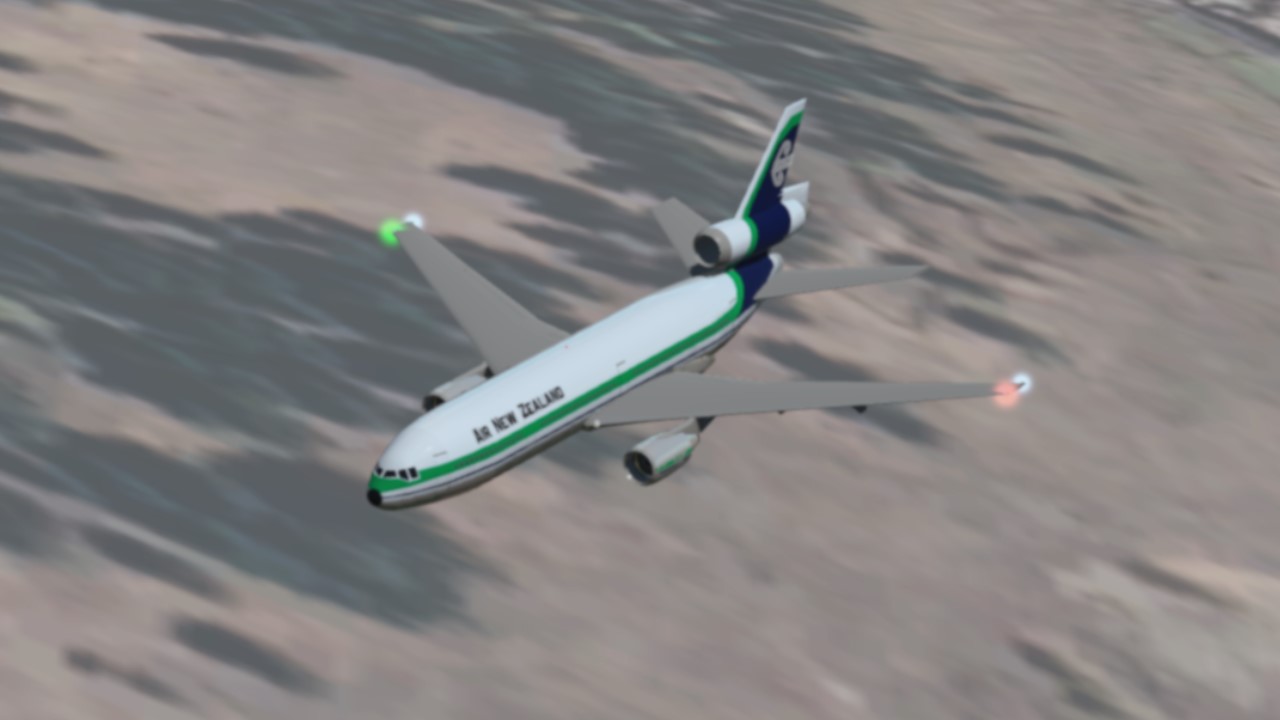
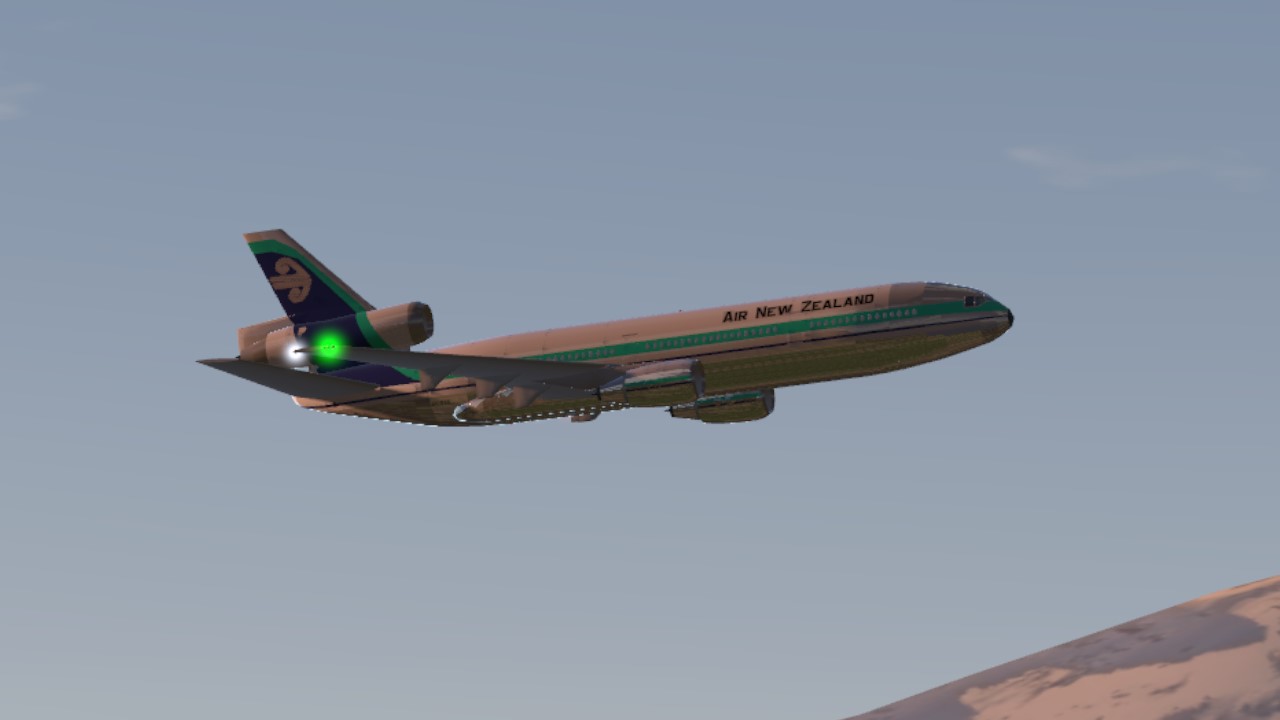
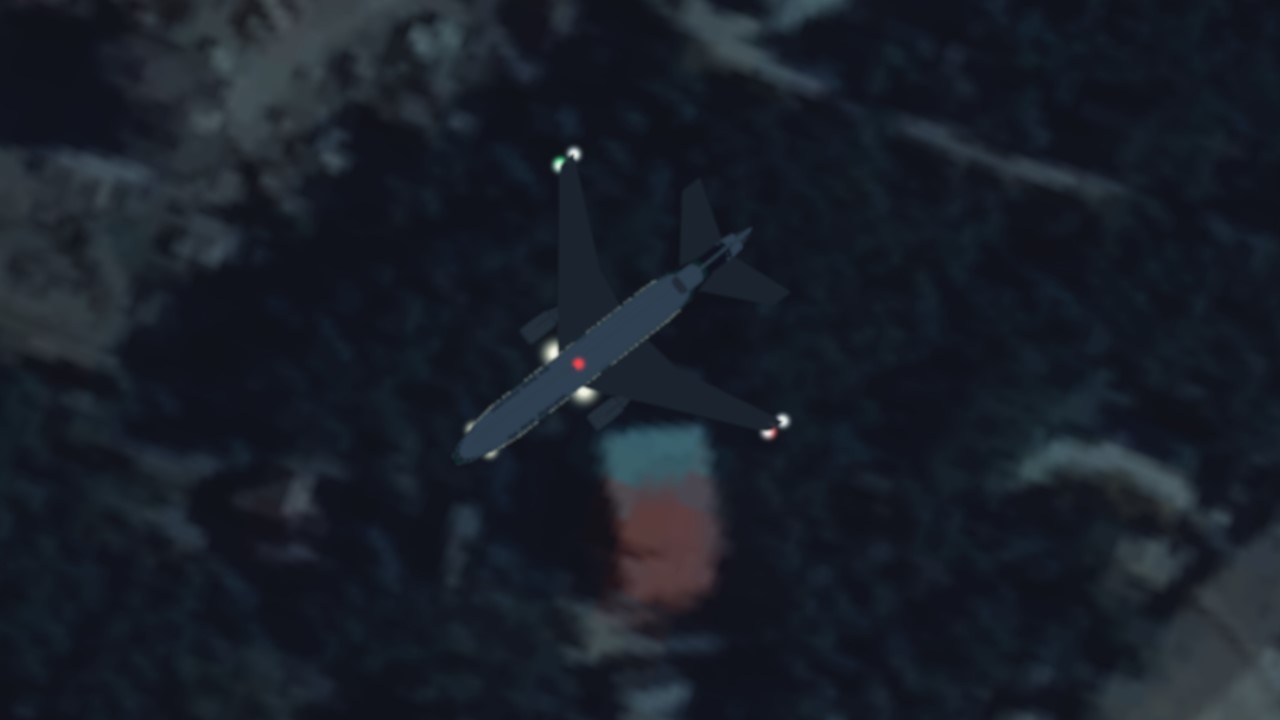
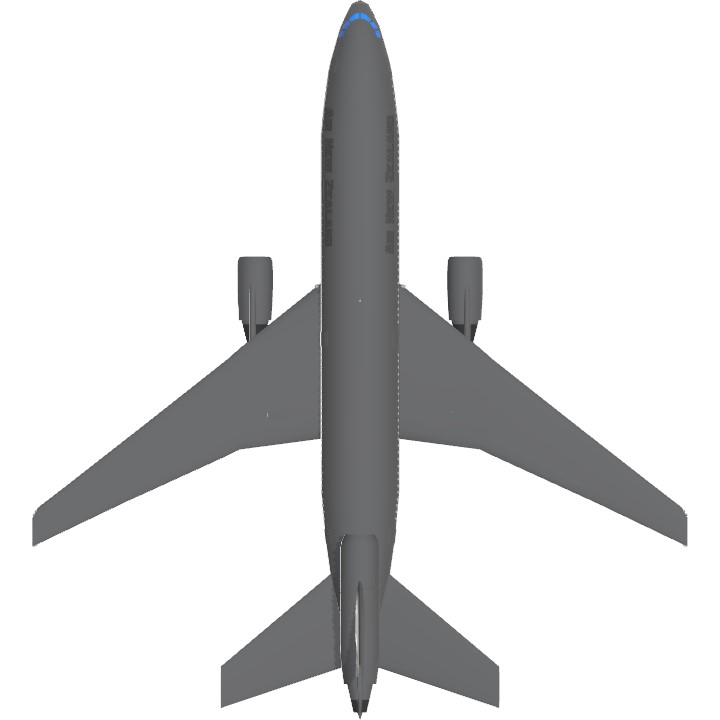
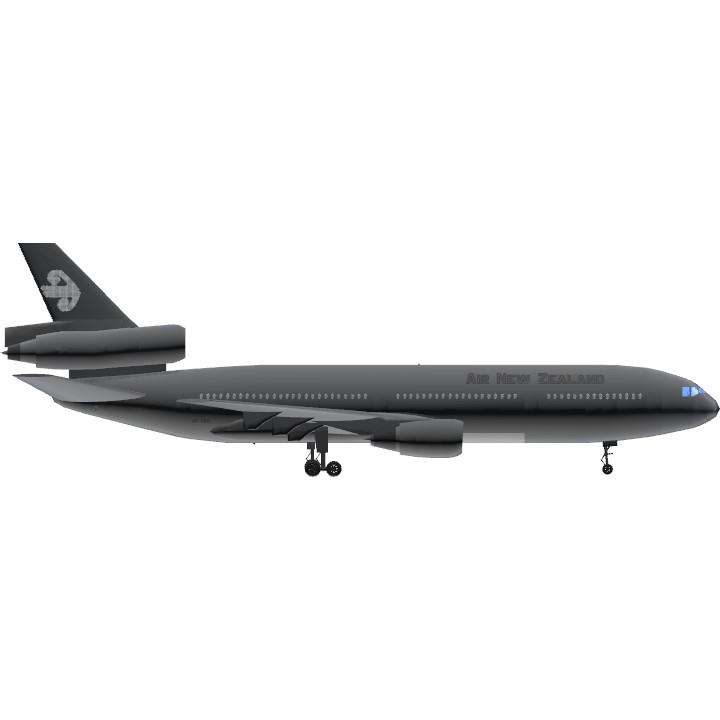
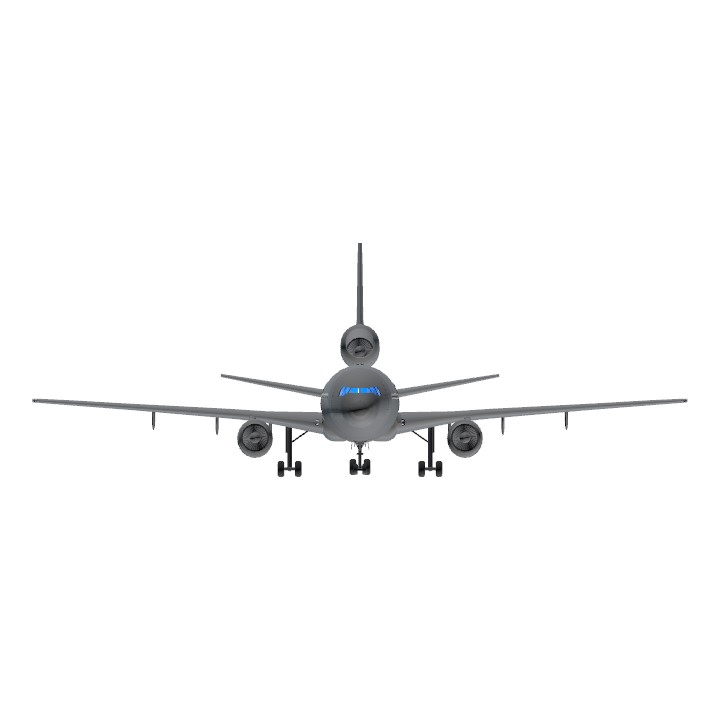
This was ZK-NZS not ZK-NZP
@Yourlocal737 Yeay
@BluesynVN I’m back
also pls make a330 neo delta airlines